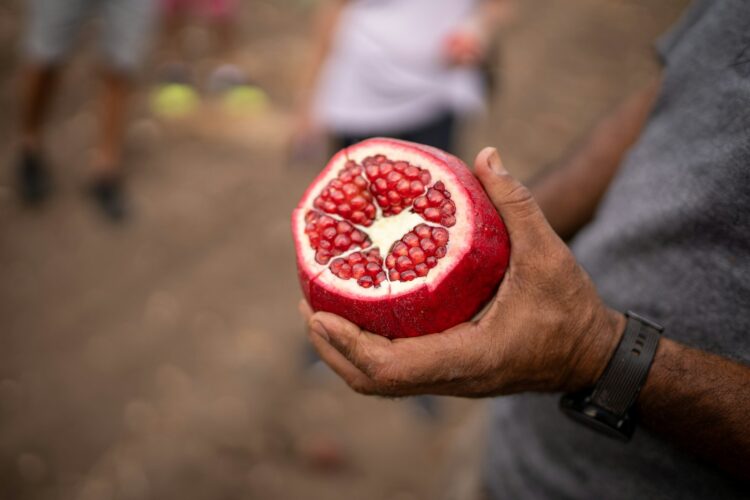
Food outlives empires. Recipes move from clay pots to steel pans and keep going. Markets change, families move, but the meal stays the same. These ancient foods didn’t survive only because they were cheap or easy. They carried comfort, ritual, and memory. A bowl of stew that once warmed a shepherd now warms a nurse after a night shift. A flatbread baked on a stone becomes dinner on a busy Tuesday. Here are fifteen old staples that never left the table.
Honey
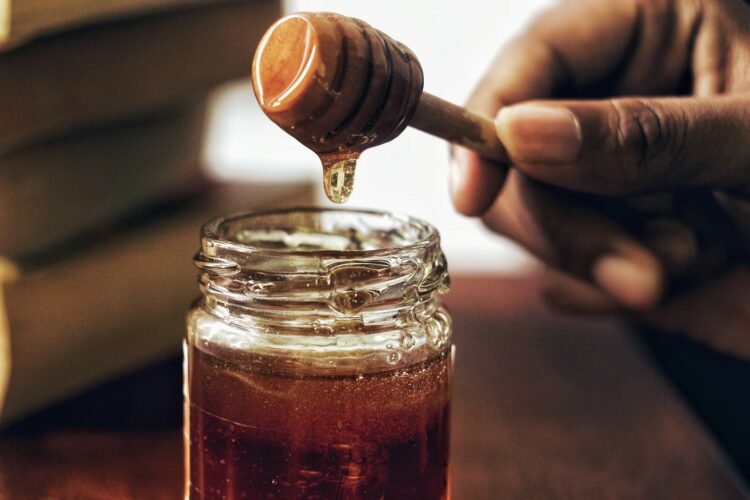
Open an old tomb and you might find a sealed jar of honey still good to taste. That’s not a legend. Bees built us a sweet that hardly spoils. Pharaohs offered it to the gods. Healers dabbed it on wounds. Grandparents stir it into tea for sore throats. Drizzle it on warm bread, and it feels like a small celebration. Some foods are trends. Honey is a promise kept by flowers and patient hives.
Olives and Olive Oil
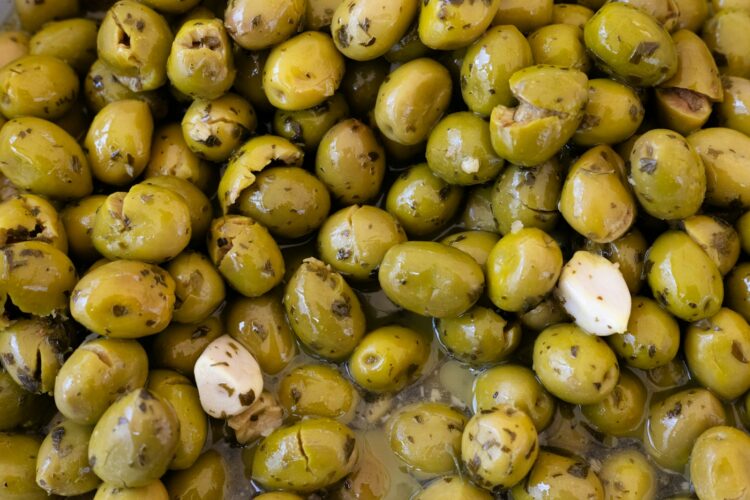
Ancient groves still stand on rocky hills where goats wander and wind presses silver leaves flat. People picked olives for lamps, for medicine, for bread dipped in green gold. An amphora once rode a ship across the sea. A glass bottle now sits by your stove. The use hardly changed. A splash in a pan. A finish on soup. A plate of olives at a table where friends linger after the plates are clean.
Lentils
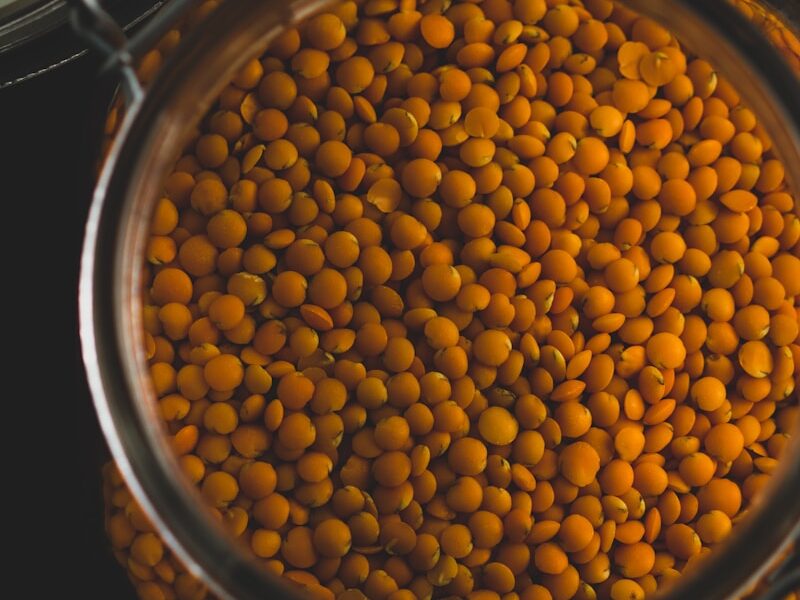
Picture a clay pot at the edge of a fire and a handful of lentils tumbling in. They cook fast. They fill the belly. They do not ask for much. Ancient workers took them as rations. Monks simmered them in quiet kitchens. Home cooks still turn them into dal, hearty soup, or a salad that holds till lunch. When money is thin or time is tight, lentils bring calm to a noisy day.
Barley
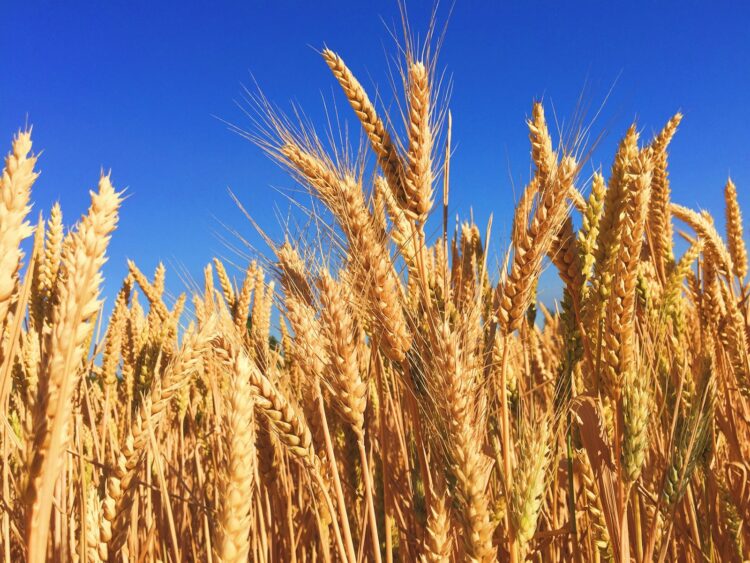
Barley grew where wheat sulked. Dry fields, salty winds, thin soil. It still showed up. People milled it for loaves with chew and brewed it into early beer. Sailors carried barrels. Farmers fed families when nothing else would hold. You can taste it now in a beef stew or a bright salad with herbs. The grain adds a nutty bite and an old kind of strength that feels honest on a cold night.
Dates
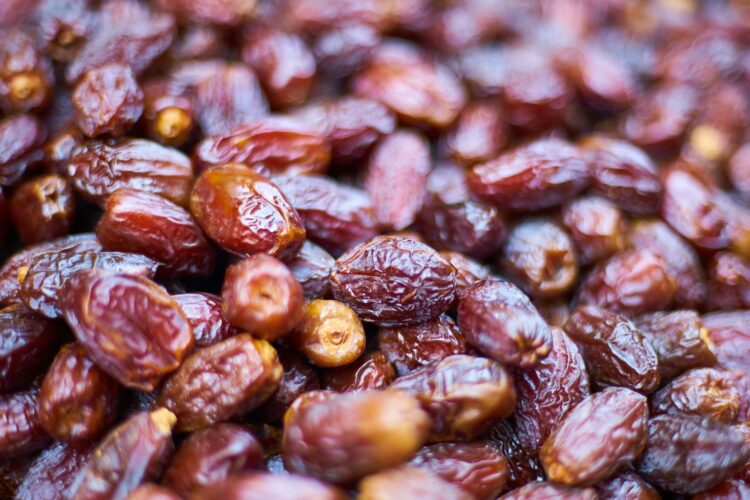
Stand in an oasis and watch the light catch a heavy palm. Dates were travel food for traders crossing the heat and dust. Sweet energy in a small package. Markets stacked them in pyramids. Mothers stuffed them with nuts for guests. Today, they sweeten smoothies and sticky puddings. They break fasts at sundown in homes from Cairo to Dearborn. One bite and you understand how a fruit can feel like a blessing.
Rice
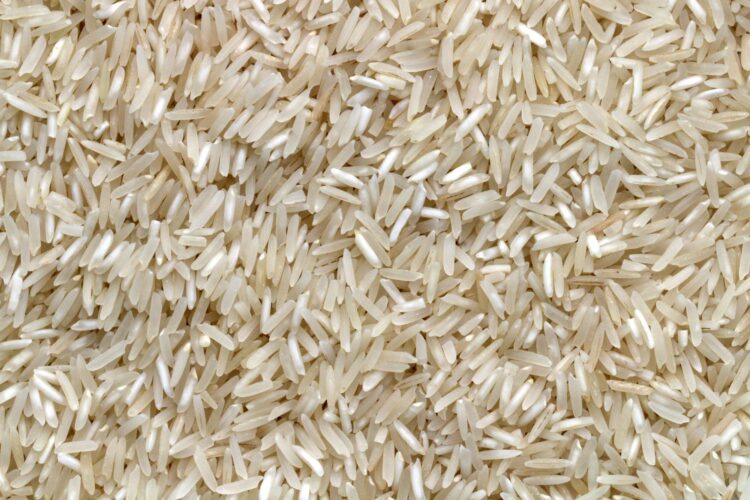
Terraces step down a mountain and hold the sky in shallow water. That picture is older than most stories. Rice fed dynasties and quiet villages the same way. Steam rises from a simple bowl, and the room feels safe. It takes spice well. It takes broth. It anchors sushi made with care and biryani layered like a song. Leftovers fry up crisp the next day because nothing this useful leaves the kitchen quickly.
Garlic
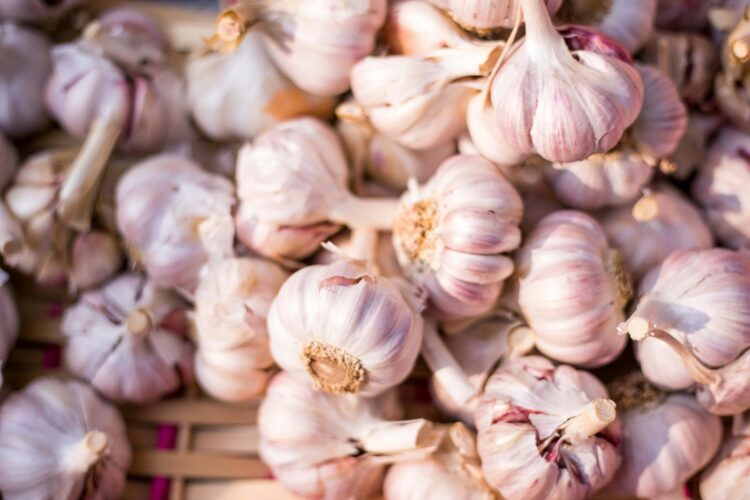
Workers at the pyramids ate garlic for grit and courage, or so the scribes wrote. Whether the tale is clean history or not, cooks learned fast that a clove in hot oil makes even plain food sing. Roast a head till it goes soft and sweet. Smash a clove with salt and rub it into a bowl for salad. Keep one bulb on the counter, and the room smells like real dinner is coming.
Chickpeas
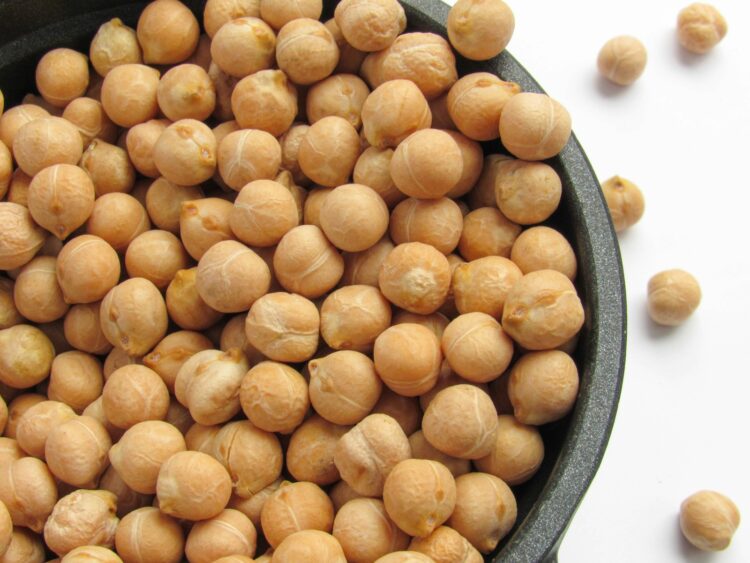
Sack a handful, toast them in a pan, and you have a street snack that feels older than coins. Grind them smooth with tahini and lemon, and hummus appears like magic. Shape them and fry, and you get falafel hot enough to burn eager fingers. Chickpeas carry protein without fuss. They live in pantries without complaint. When money is short or time is harsh, they still build a meal that does not feel small.
Quinoa
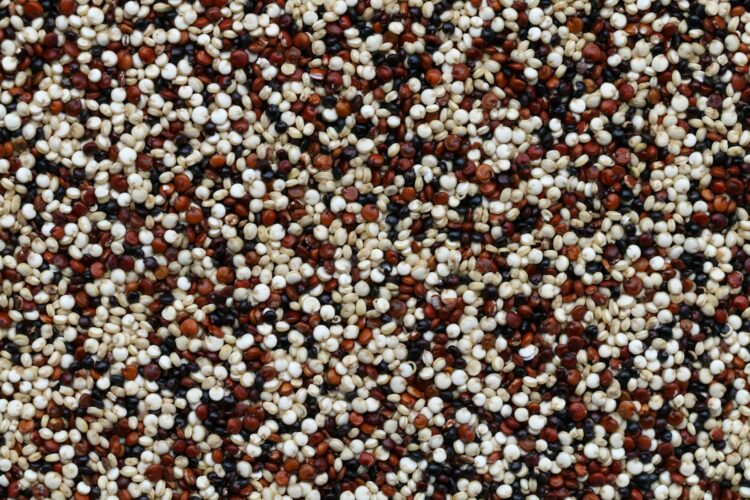
High on Andean slopes where lungs argue with thin air, quinoa kept people strong. Farmers called it the mother grain, though it is a seed. Llamas watched. Snow waited. The plants held steady. Cook it now, and the tiny halos open in the pot. It tastes a little nutty and takes to lime or herbs or roasted vegetables without drama. Old strength pours into a Tuesday lunch box, and no one needs to say a word.
Seaweed
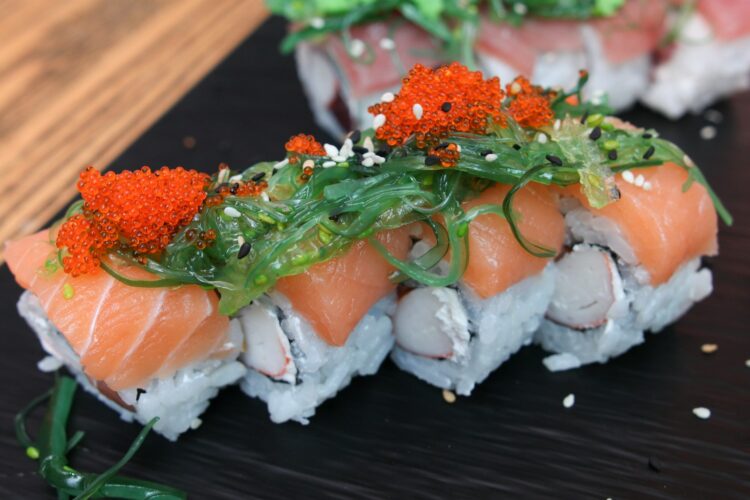
Coastline kitchens knew the tide’s schedule better than any clock. Sheets dried on racks. Baskets filled with kelp and dulse. Seaweed brought iodine and minerals when fields failed. It thickened broths and fed fishers who rose in the dark. You taste it in miso, in a crisp sheet wrapped around rice, in a clean sprinkle over hot noodles. The ocean gives many gifts. This one slips into dinner with quiet grace.
Millet
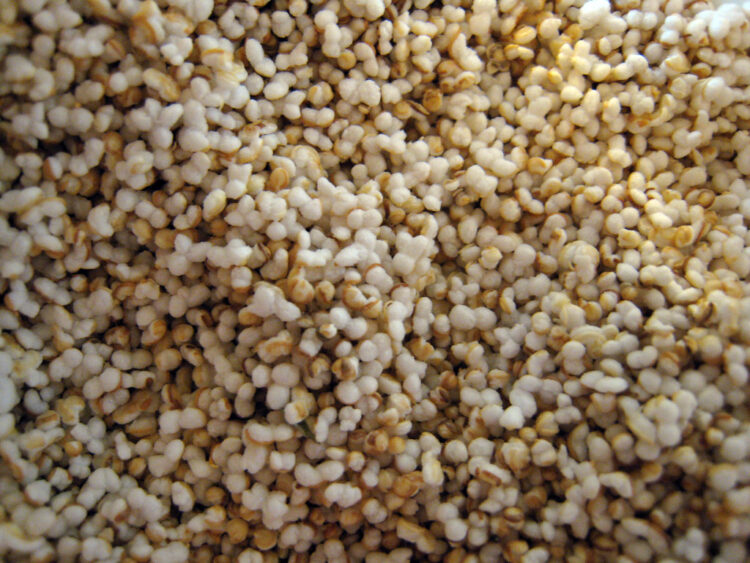
Before polished rice took the stage in many places, millet held the fort. It grows where rain forgets to fall. It cooks quickly and sits kindly in the stomach. In northern China, a morning bowl starts the day soft and steady. In parts of India, it rollsinto flatbreads that meet lentils with pride. Bakers now use it for gluten-free loaves. Old resilience is back in fashion because it was never out.
Pomegranates
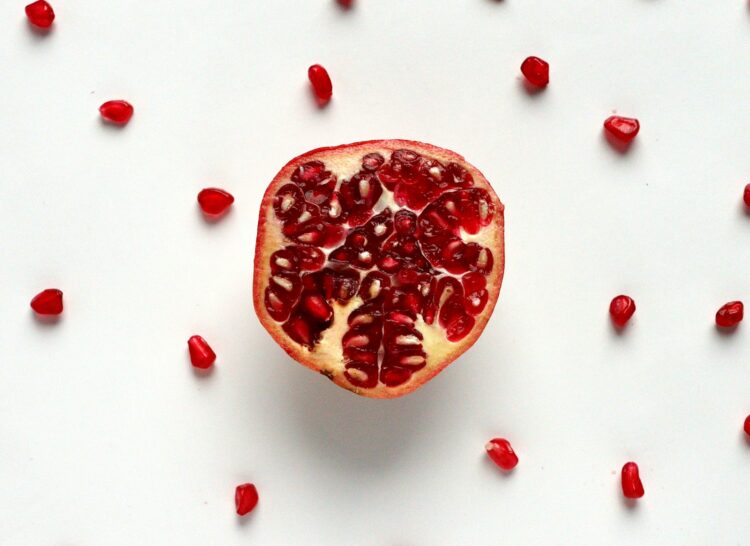
Crack the shell, and the room goes quiet for a second. Jewels spill out. Ancient poets wrote about that moment. Temples carved the fruit into stone. Cooks pressed the seeds into a tart syrup that still wakes up roasted meats and bright salads. Kids stain their fingers and do not care. Pomegranates feel festive in winter when color is rare. They taste like a promise that spring remembers our address.
Cheese
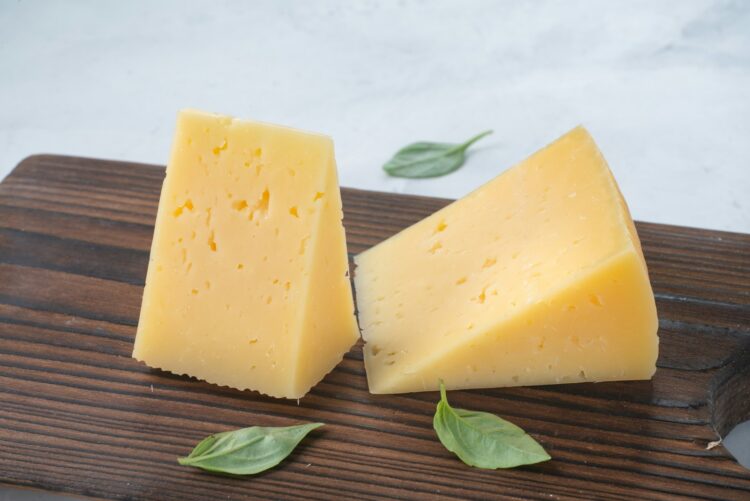
A traveler tied milk in an animal skin and found curds at dusk. That accident changed everything. Shepherds learned to salt and press and wait. Monasteries turned patience into craft. Now your fridge holds a small world of styles. Fresh, brined, aged till it bites back. Melt a slice of bread and life improves. Shave a hard wheel over hot pasta, and a plain night leans toward celebration.
Tea
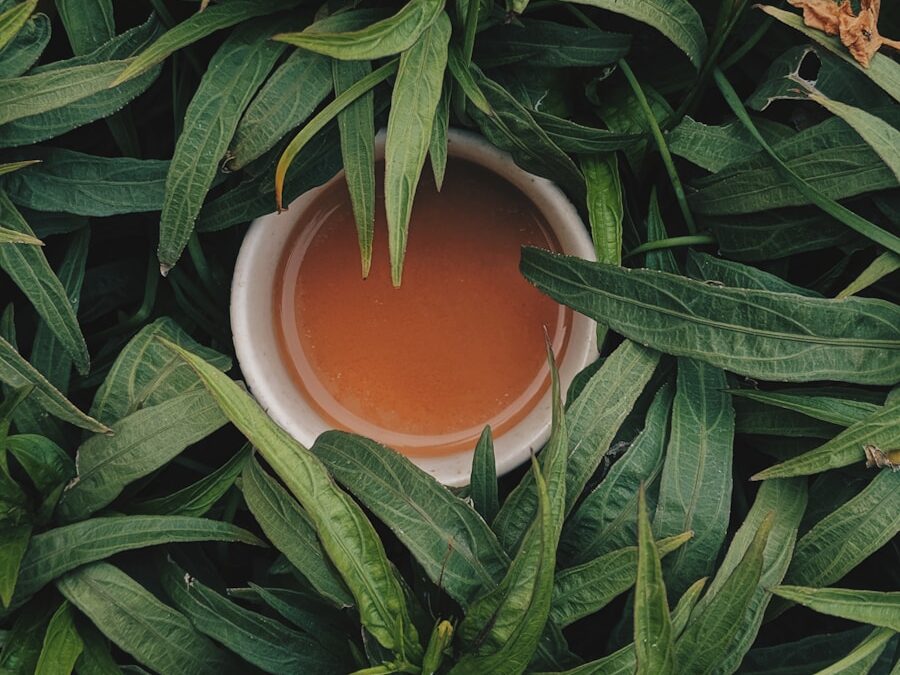
A leaf fell into hot water, and a new habit began, or so one story goes. Emperors drank it. Sailors hauled it. Ceremonies wrapped it in rules that made space for quiet. Now a kettle sings in tiny apartments and crowded offices. Green in the afternoon. Black with milk at dawn. Mint after a late dinner. Tea is less about caffeine and more about a pause that invites the day to behave.
Bread
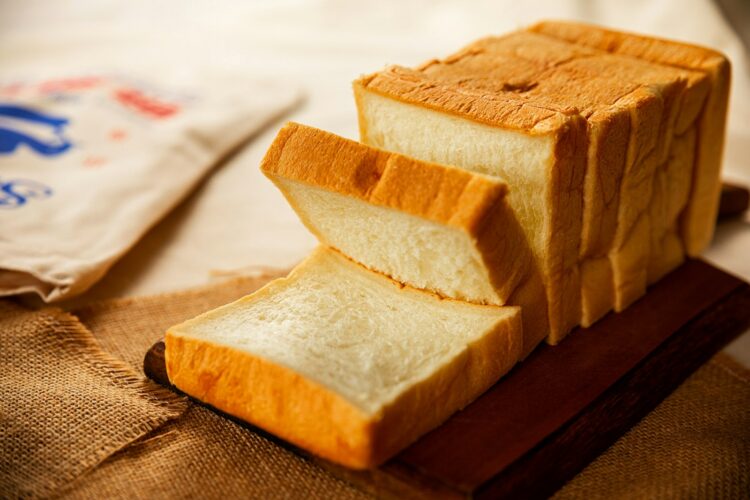
Grain met water, hands worked the paste, heat made it rise. That trick made cities possible. Flatbreads slapped against hot stones fed herders on the move. Sourdough caught wild yeast and carried a household’s history in a living jar. Today, you tear a pita, slice a baguette, and flip a tortilla on a dry pan. Bread remains the simplest way to share a table. Break it, and people lean closer without being asked.
Rice Beer and Barley Beer
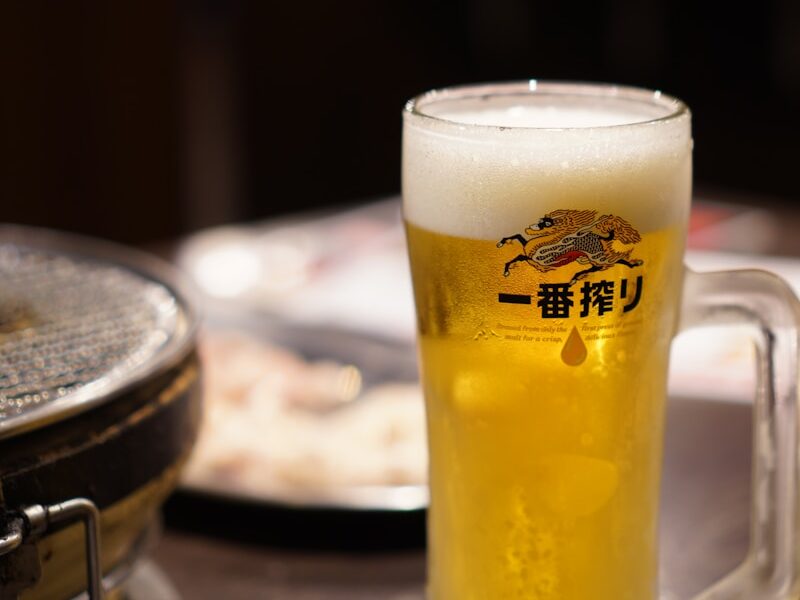
Long before bottled labels, people fermented what grew around them. Barley mash in clay jars. Rice bubbling in the warm corners of wooden houses. Beer was calories you could drink, and water made safer by the process. The taste varied with the village. The point was the same. Gather, sip, tell a story, pass the bowl. Craft brewers chase that feeling now with new hops and old patience.
Yogurt

Milk left near warmth turns tangy and thick. Shepherds learned that by accident and kept repeating it on purpose. Yogurt traveled in skins and clay to cool caves and then into breakfast bowls where honey waits. It tenderizes meat, calms spicy stews, and steadies a hungry afternoon with fruit and nuts. Cultures keep starter cultures like heirlooms. A spoonful from one pot begins the next. That is how memory tastes.
Salted Fish
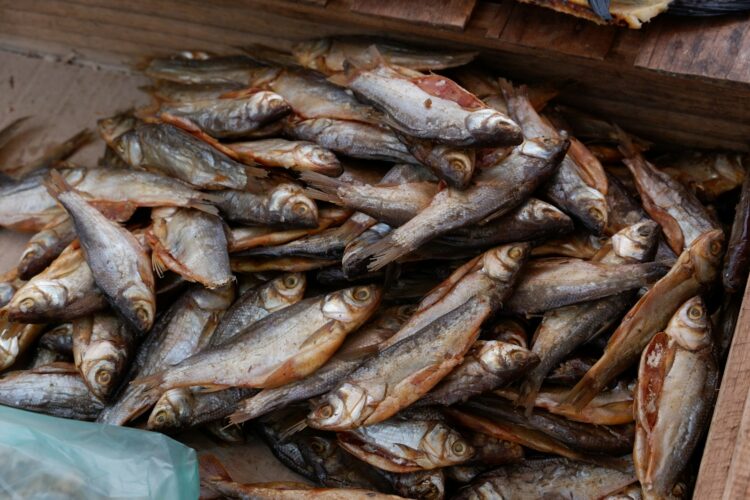
Coastal families salted fish because winter arrives even at the shore. Layers of flesh and crystals rested in barrels and were later fed to miners far inland. Trade spread the habit. A little water, some heat, and dinner stood up straight. You can still find it in brandade, bacalhau, and stews that taste like boats and storms and safe harbors. Preservation used to be survival. Now it’s flavor with a long memory.
Sesame
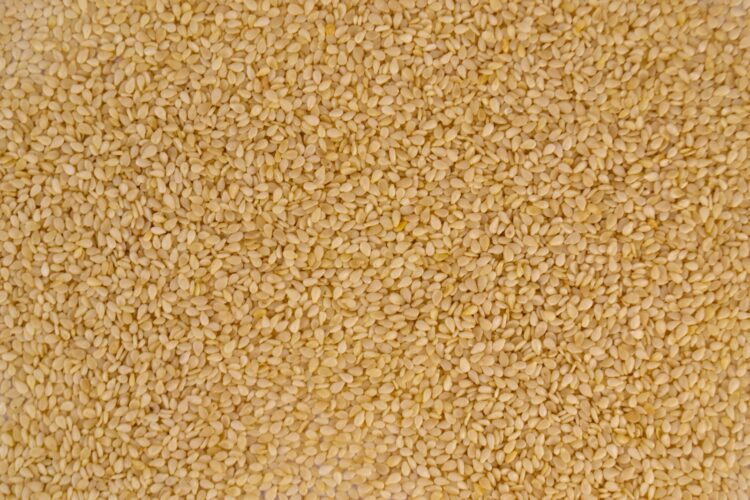
Tiny seeds with a big voice. Traders carried them along dusty roads, and cooks pressed them for oil that smells like warmth. Sprinkle them on bread before the oven. Grind them with lemon and garlic into tahini. Scatter them over noodles that need a nutty whisper. Sesame shows how detail matters. The seed looks small, yet it changes everything it touches and has done so since markets were made of tents.

